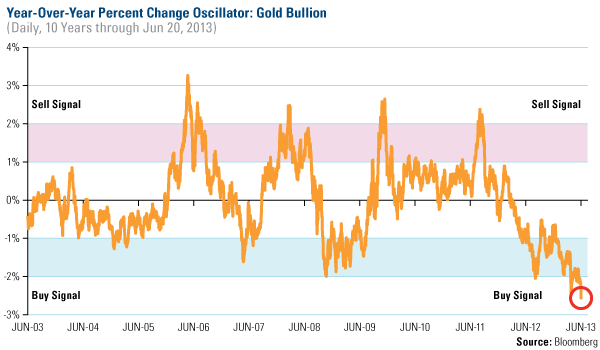
One of these economic alchemists may likely assume the job of Ben Bernanke. If so, pray for us.
Last week, President Obama indicated that Federal Reserve Chairman Ben Bernanke will likely step down in January when his term ends. After taking office in 2006 under then-President George W. Bush, Bernanke has facilitated the greatest economic transfer of wealth from America's grandchildren to banks and foreign nations in the name of sustaining the Keynesian vision of the economic stimulus.
But with Bernanke's departure, it is unclear just who will take the reins of the Federal Reserve, and what policies they will seek to maintain or discard five years after the height of the financial crisis.
Here are the five top contenders that we expect to make Obama's shortlist for next Fed Chairman. And each one of them should give us a great deal of concern due to their commitment to the same tired economic theory and policies that they are convinced will eventually work if we just keep doubling down.


